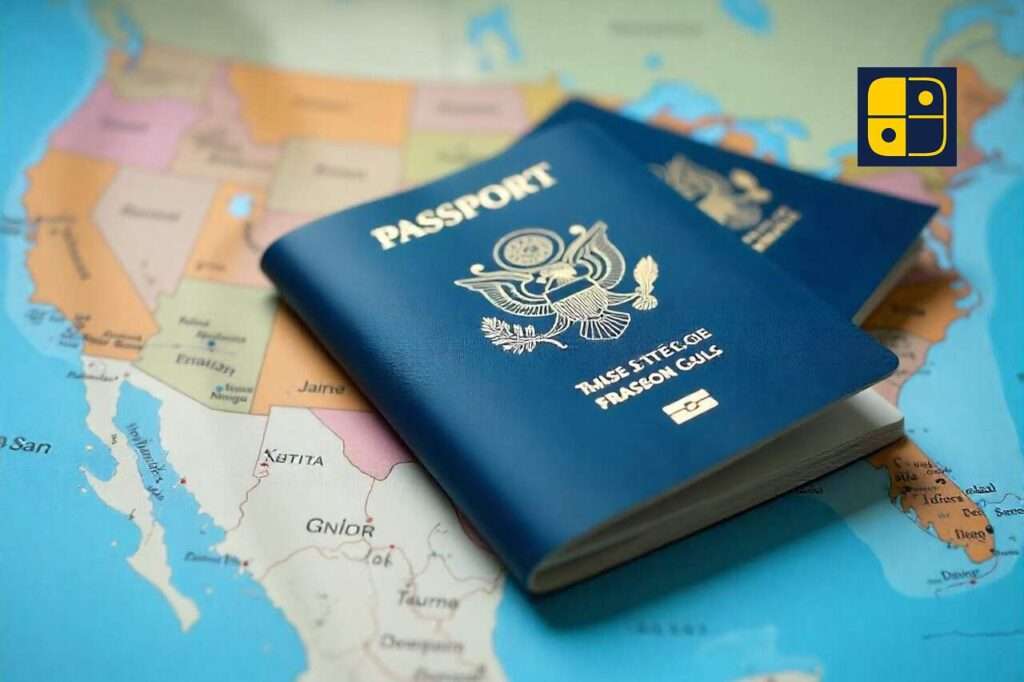The global visa landscape is undergoing rapid recalibration. The United States has imposed a $100,000 filing fee on new H-1B petitions, signaling a clear deterrent to employers historically reliant on Indian talent. This reflects domestic political pressure to protect U.S. workers, despite India accounting for over 70% of H-1B allocations.
The United Kingdom has raised its Skilled Worker threshold to £41,700 and restricted eligibility to graduate-level roles, effectively curbing mid-skill inflows. Yet, London is simultaneously exploring visa-fee cuts and simplified entry routes for elite professionals, signaling selective openness-tightening for many, but easing for top talent in STEM and digital sectors.
In contrast, Germany is opening its doors wider. Facing a projected 7 million worker shortfall by 2035, Berlin has streamlined its Skilled Immigration Act and EU Blue Card system, lowering salary thresholds to €43,759.80 in shortage occupations. This is a direct invitation to Indian engineers, doctors, and IT professionals.
China too is shifting gears, launching a “K Visa” (Oct 2025) to attract foreign science-and-tech graduates under 40, aligning with its innovation-driven growth push.
For India, this global divergence poses both risk and opportunity brain drain if unmanaged, global leadership if leveraged.

